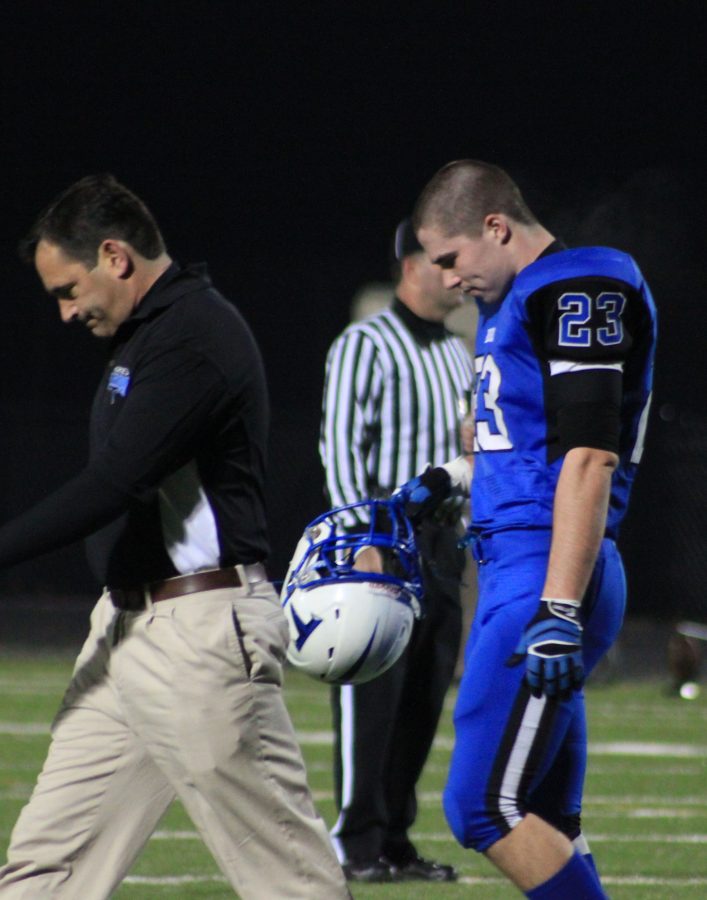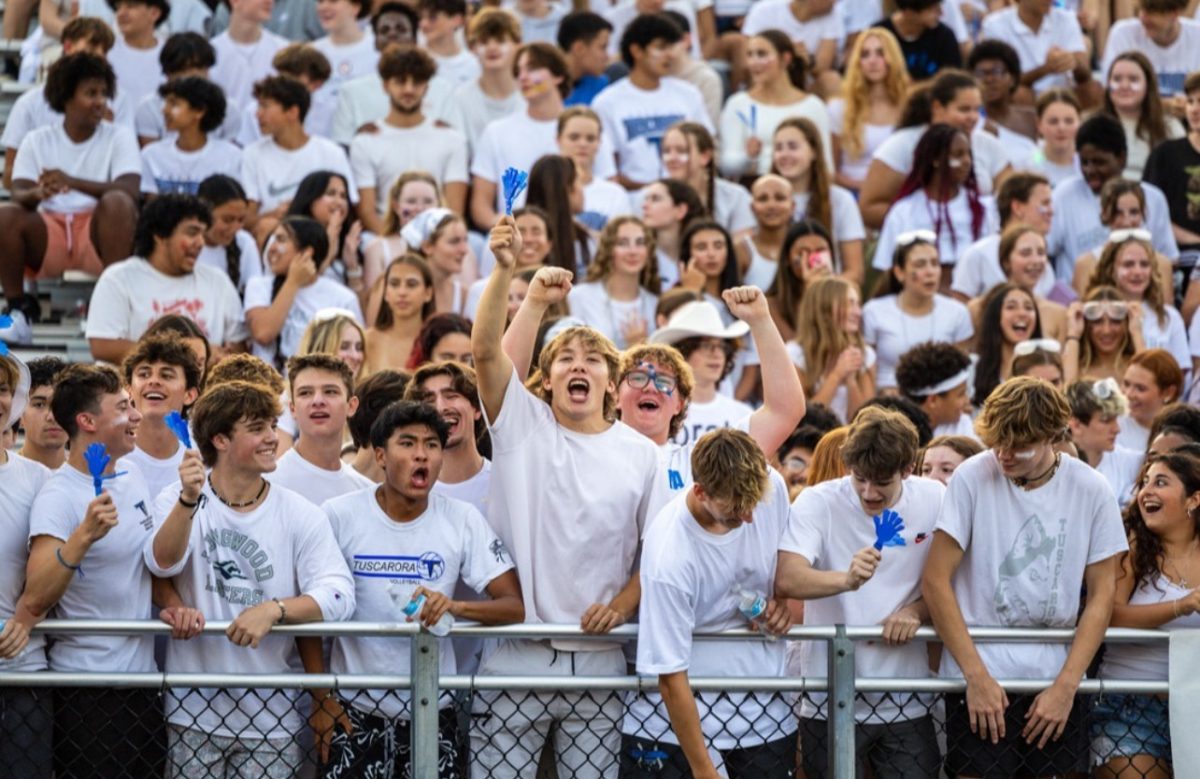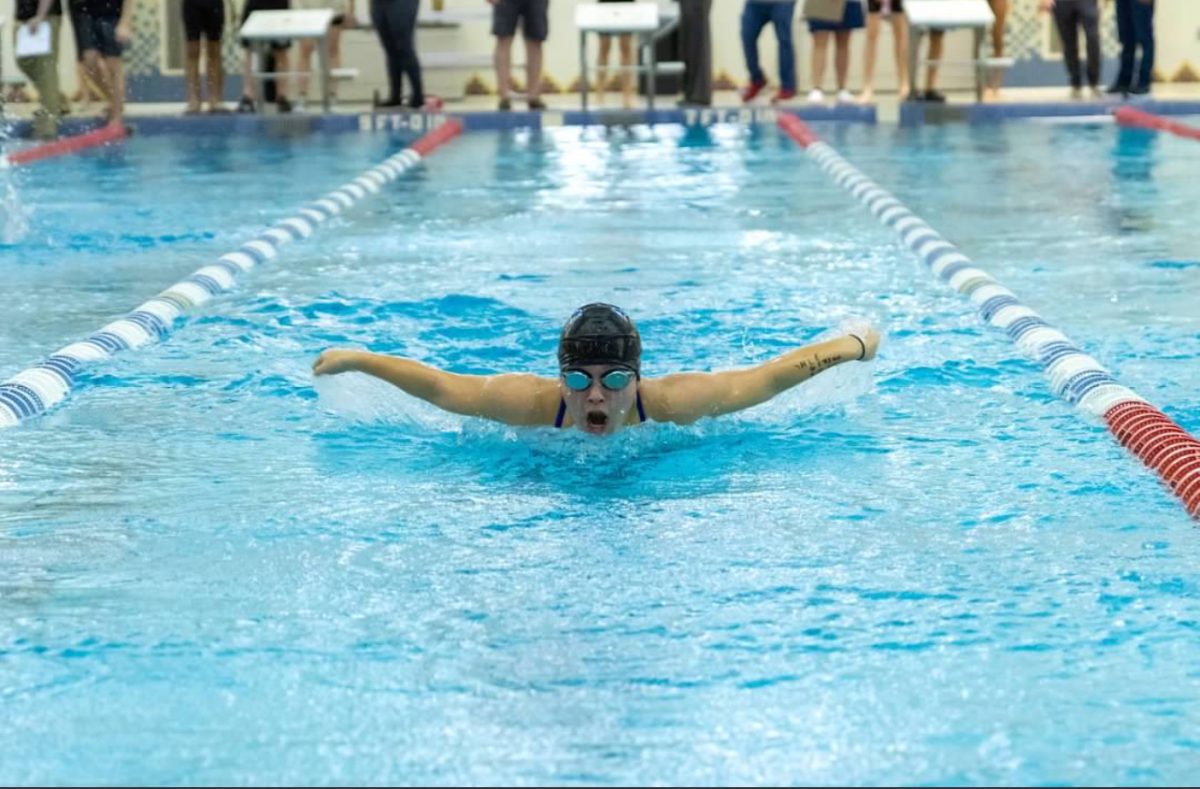By: Danny Sedlazek
According to a recent survey by the National Federation of State High School Associations, participation in high school sports is at an all time high. That means more teens participating, which entails less individual attention. At the same time, according to the American Association of Orthopedic Surgeons, student athletes get injured just as often as the professionals. These create a perfect storm of injuries. Getting hurt will affect your performance in the game, but can just as easily impact your everyday life.
Junior Greg White broke his fibula playing football against Briar Woods this year, and his five week stint on the bench was felt far from the field. “I missed three days of school to have a splint put on. I had to do a lot of makeup work.” Makeup work is never easy, but Greg said that “everything takes so much longer…I was on painkillers, I was constantly distracted [by my injury]. It dominated my life.”
Sophomore Courtney Cambell, who got a bone contusion on her right ankle playing volleyball last year, has a similar consensus to White. “I was on crutches for four weeks. The crutches hurt really bad. They were very embarrassing and very stressful,” she said. Cambell’s injury, also like White’s, affected her education. “I missed a lot of school. I fell behind. [My injury] hurt my grades and [caused me] to fall behind in difficult classes.”
But White and Cambell both instantly knew they were injured and were therefore able to get help quickly. Junior Jeffery Mangold wasn’t as lucky. “I got two fractures in my lower fourth vertebrae two years ago after I landed funny while long jumping,” said Mangold. “I thought it was just something minor–it took me a couple of days to notice a problem.” Mangold said it “took over a year” to fully diagnose his injury.
“I was always hurting,” recounts Mangold. “It was hard to get up from sitting, sleeping. [My injury] restricted walking, stretching–everything. It was really hard to focus.”
While troublesome in the short term, these injuries can have long term consequences. “Whenever my back hurts, I have to get steroid shots. If I ever become overweight, I’ll have to get a risky surgery. While I’m not too worried about that, anything is possible,” Mangold grimly said. Cambell said her “ankle never healed right. It still hurts and impairs [my] movement” in an equally solemn tone.
It’s easy for someone to blame their injuries on their coaches, but boys’ basketball coach Justin Brown says that most coaches “err on the side of precaution. When someone hits the ground, you just don’t know….that’s somebody’s child. It’s all about [his or her] well being.”
Mangold admits that “I didn’t tell the coaches for about a week. When I did tell them, they told me to try and run, but if it was painful I need to go see the trainer.”
According to Tuscrora’s athletic director Derek Farrey, “If an athlete has any injury they are supposed to go see the trainer, regardless of how severe it seems to be on the field.” While Jeffery’s coaches didn’t follow strict protocol, Brown reminds us that “the kids never want to sit out.” All coaches want to help their athletes, but due to the large number of athletes, these sort of things often slip through the cracks.
When asked to give advice to athletes who believe they are injured, White, Cambell, and Mangold are all on the same page. “Be prepared to sit out,” White warns. Mangold says that “you need to take time off. Don’t push through.” Cambell stressed the importance of “seeing a doctor” if you’re suspicious.
While no one wants to sit on the sidelines, it’s often in one’s best interest to. If you had to choose between steroid shots, casts, constant embarrassment, and a little time on the bench, wouldn’t you pick the latter?





